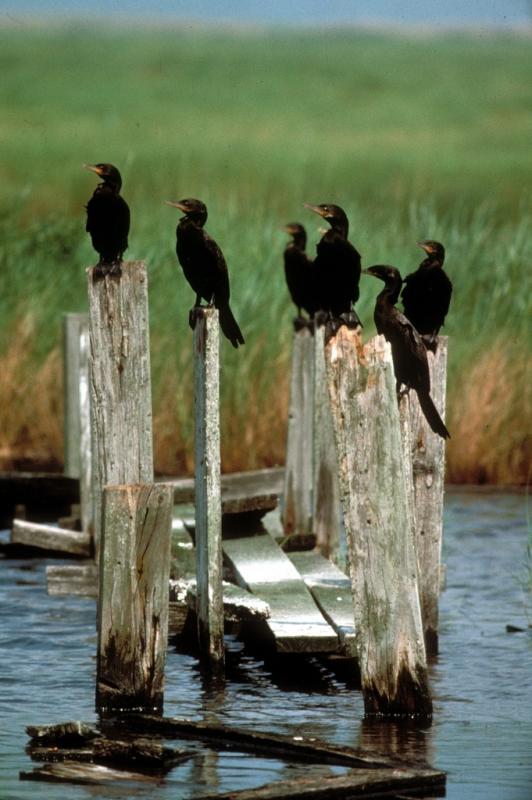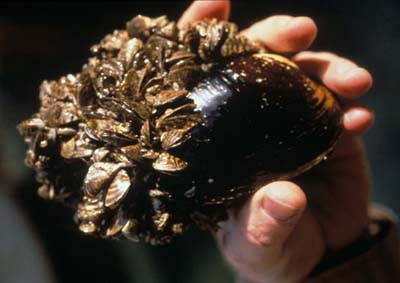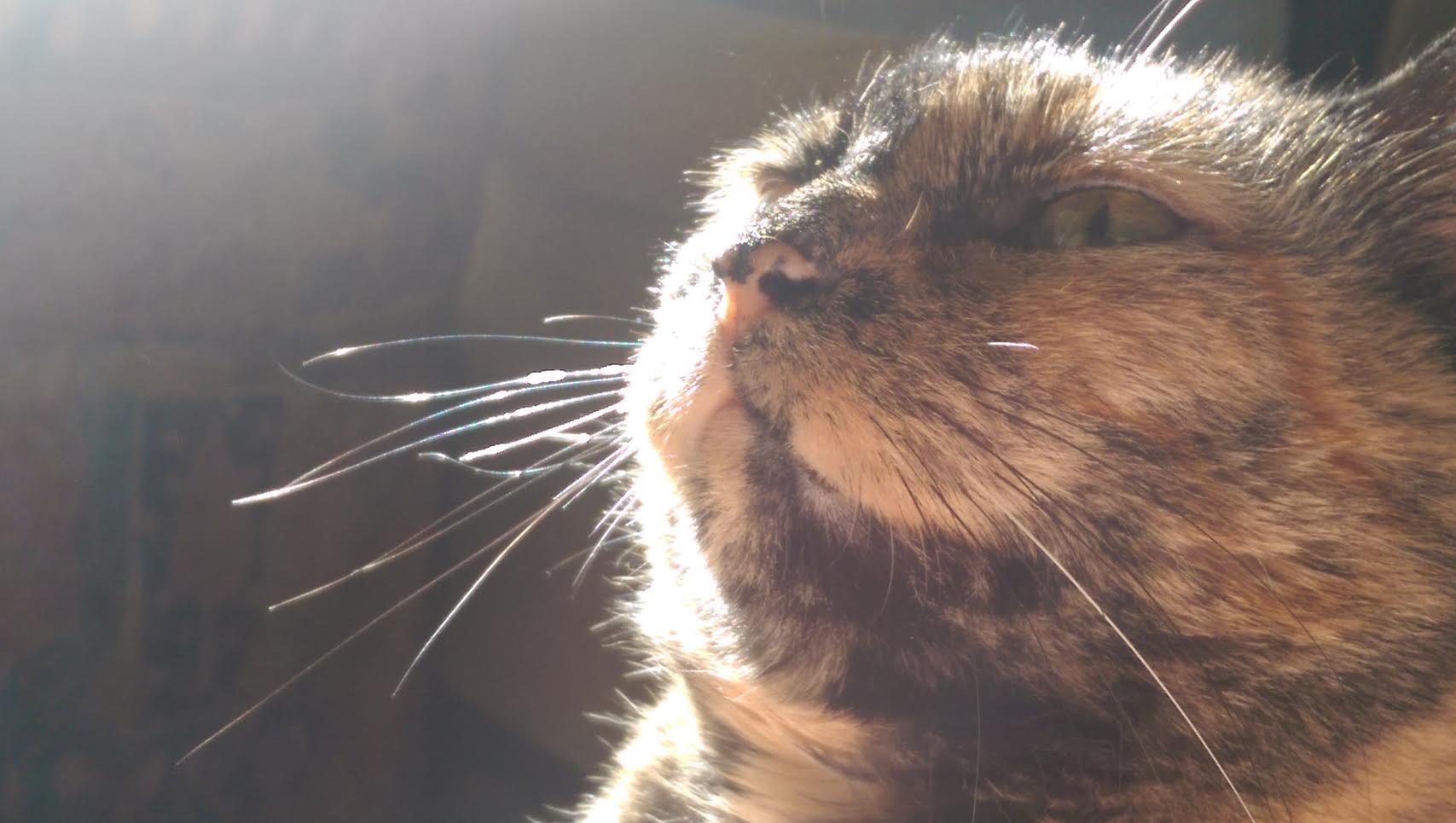Don’t Blame the Cormorants
Monday, August 24th, 2015This is Passport to Texas
When we have bad luck, it’s human nature to blame a scapegoat. Some freshwater anglers do this when the fish aren’t biting by blaming the double-crested cormorant.
08-And what they do is they look to their side, and they see a bunch of these dark colored birds fishing, and they’re successful, and the angler’s not.
Naturally, the cormorants must be eating all the sport fish, right? Wrong, says ornithologist, Cliff Shackelford.
17-Our decline in fishes are not because of cormorants, it’s probably because of drought–and also golden algae is another cause for fish declines. So, there have been studies on the cormorant, and they found that most of the cormorant’s diet is non-game fish [like gizzard shad].
No offense, but some cormorant haters may need to step up their games.
06-Let’s not blame the cormorant on fish declines. It could be your equipment. Maybe you’re not doing the right thing. (chuckles)
Unconvinced of cormorants’ culpability regarding creel contents? Then shift your fishing forays to the warmer months only.
16-Our biggest numbers of double-crested cormorants in Texas is in the colder months. They start arriving in October and stay into March-April. They’re wherever there’s open water: stock tanks, stock ponds, aquaculture facilities.
Remember: a bad day of fishing is better than a good day at the office…even when the cormorants catch more fish than you do.
Funding provided in part by Ram Trucks. Guts. Glory. Ram
For Texas Parks and Wildlife, I’m Cecilia Nasti.






 Passport to Texas is a
Passport to Texas is a  Passport to Texas is made available by:
Passport to Texas is made available by: